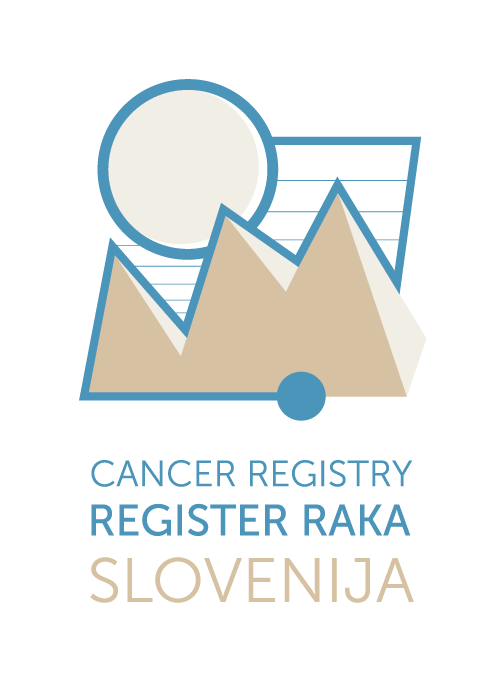GCO - Cancer Causes
Cancer Causes is a tool for analysing and visualising data estimating the global cancer burden that can be connected to certain causes.
Obesity
The website provides tools for analysing and visualising data on the estimated shares and number of cases that can be attributable to excess body weight in 2012. The database also contains the estimates of cancer burden connected to obesity that could have been prevented if BMI remained constant since 1982. To calculate the influence of obesity on cancer they used average BMI values and corresponding standard deviations for people older than 20 in the years 1982 and 2002. It only includes cancers for which there is sufficient evidence of an association with excess BMI (according to WCRF): oesophageal adenocarcinoma and cancers of the colon, rectum, kidney, pancreas, gallbladder, postmenopausal breast, corpus uteri, and ovary.
The data can be visualised in five different ways – pie chart, bar chart, map, tree map and sunburst chart. Under every visualisation the data is also shown in a table. The parameters we can select are sex, cancer site, population and attributable case/preventable cases. Populations are grouped by continents and regions. The visualisations can be exported into PNG, SVG and PDF, and the data into JSON and CSV.
Infections
The website shows cancer cases from 2012 that can be attributed to different infections. The calculation method used data from GLOBOCAN 2012 and the 2012 Human Development Index.
IARC included 10 infectious agents:
- Bacterium: Helicobacter pylori
- Viruses: hepatitis B virus (HBV), hepatitis C virus (HCV), human papillomavirus (HPV), human herpesvirus type 8 (HHV-8), human T-cell lymphotropic virus type 1 (HTLV-I)
- Parasites: Opisthorchis viverrini, Clonorchis sinensis, Schistosoma haematobium
Visualisations show Helicobacter pylori, HBV, HCV, and HPV separately and the others are grouped into one category.
The visualisation tool is similar to the one for obesity, except for the fact that it does not show the data in tables, so the export is only possible to PNG, SVG and PDF. There is an additional type of visualisation that can show the ratios between infectious agents in particular regions.
Usage examples
- Sunburst chart of share of cancer cases cause by HPV for women in 2012 – divided into geographical areas as proportions to the sum of all such cases worldwide
- Stacked bar chart that shows proportions of cancers cases attributable to infections, by region
UV radiation
The website shows incidence estimates of preventable skin melanoma burden. At least one per every hundred new cancer cases is a consequence of ultraviolet radiation exposure (168.000 such cases in 2012), which reaffirms the need to keep investing in prevention, especially in areas with high incidence.
The data on new cases of skin melanoma are from GLOBOCAN 2012. It includes only countries/territories that have at least 10 cases – there are 153 such areas, which amounts to 96 % of estimated melanoma burden.
The method of assessing exposure was to compare observed melanoma incidence rates with those in minimally exposed reference population. The differences in the numbers of new cases were attributed to corresponding differences in UV radiation exposure between the study and reference populations. PAF (population attributable fraction) denotes the portion of cancer cases that could be avoided if melanoma risk was as low as in the minimally exposed reference population (1903 birth cohort from South Thames, UK).
The online analysis tool is similar to other two Cancer Causes projects. It has an option to compare two populations. The available parameters are sex, type of population, are group and burden indicator (number of attributable cases, PAF for melanoma, PAF for all cancers). The data is also show in tables and can be exported to CSV, while the visualisations can be exported to PNG, SVG and PDF.
Usage examples
- Map showing the share (PAF) of melanoma cases in 2012 attributable to UV radiation – both sexes, age above 30
- Comparison of shares (PAF) of melanoma cases in 2012 between a population with high HDI and a population with a low HDI – divided by age group (30+) and sex




